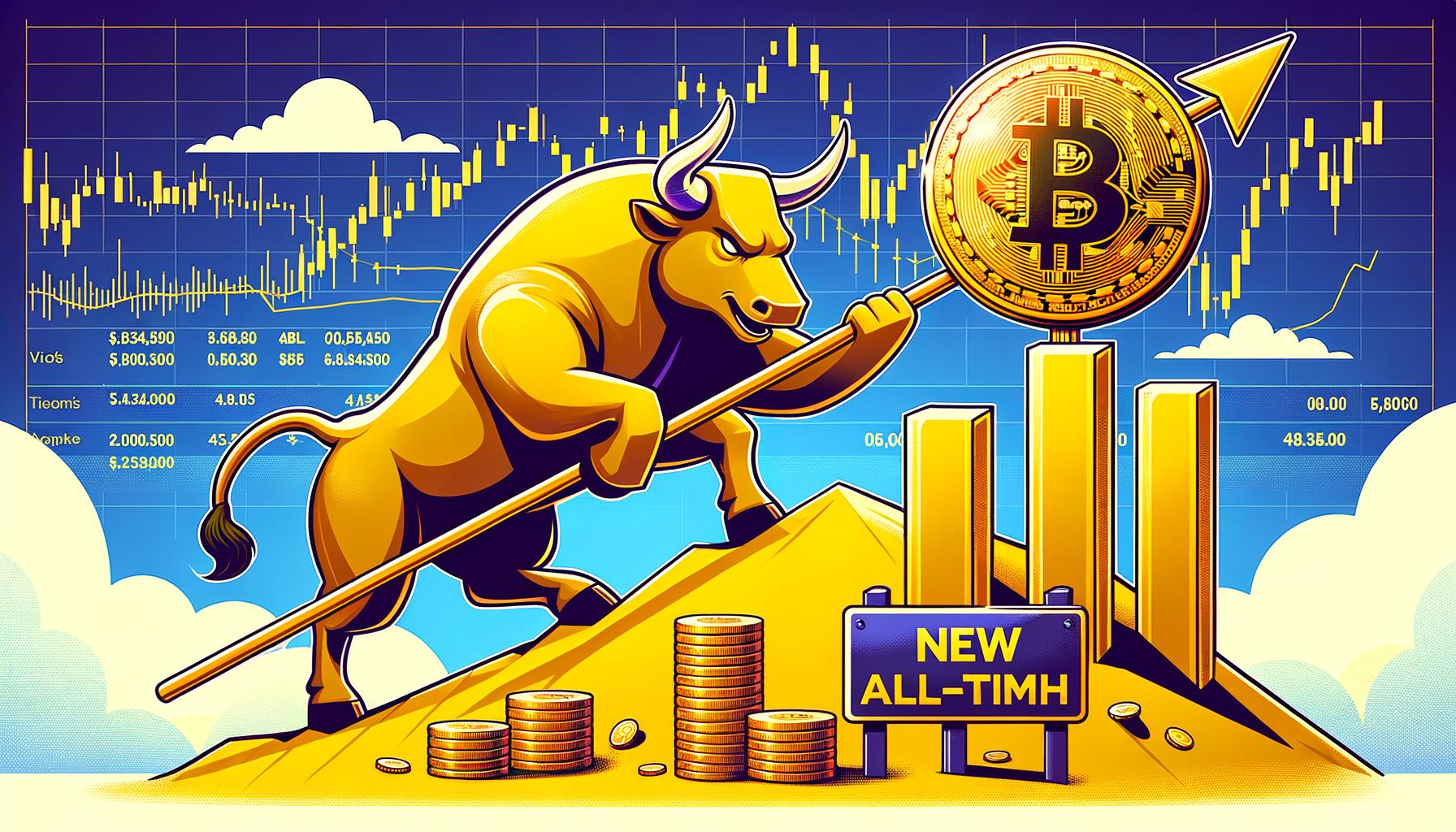
Global payments have been gaining popularity in fintech over the past few months. There is increasing demand for faster, safer, and cheaper payment opportunities as cross-border trade activity escalates.
As McKinsey points out, however, payments are becoming disconnected from users’ accounts as platform-as-a-service (PaaS) and embedded payments models rise in popularity. These models, which often provide a more seamless and tailored customer experience, may pose a challenge for banks. That’s because, in many cases, banks may need to build new businesses to keep their existing customers.
In its latest report, McKinsey offers data highlighting the growth of global payments revenues and details six trends that will define the next five years in the global payments landscape. While the report is full of valuable stats. Here are the points that I found most notable.
Historical unicorns prove promising
Over the past 10 years, the number of payments unicorns grew from 39 to 384, a group that boasts a combined valuation of $1 trillion. Though decreased funding and downrounds have slowed the growth of new payments unicorns, their track record has proven that, when the fintech sector begins to boom again, we will likely see a boost in high-value payments fintechs.
Growth of global payments revenue
Last year, the global payments industry processed 3.4 trillion transactions worth $1.8 quadrillion that generated $2.4 trillion in revenue. While this revenue figure has grown 7% each year since 2018, McKinsey estimates the growth will slow to 5% per year for the next five years.
Cash usage tanks
Since 2019, cash usage across the globe has dropped by 20%. The report notes that global cash usage continues to decline at 4% a year, but developing economies are experiencing a faster rate of decline than that of the U.S., where card usage has long been popular. While this report doesn’t mention it, countries with government-led payment schemes such as India (with UPI) and Brazil (with PIX) are also seeing a major decline in cash payments. In India, while cash payments still account for 60% of consumer expenditure, digital payments have doubled in the past three years.
CBDCs are more relevant than ever
According to the report, “More than 90% of central banks are pursuing or considering central bank digital currency (CBDC) projects, and more than 30 have rolled out pilots.” This figure was quite surprising, as I haven’t looked into CBDC projects since 2021, when only 43 countries were exploring the use of a CBDC. Despite U.S. hesitation to pilot a CBDC, I think we’ll see more discussion on the topic in 2025 as crypto grows and the environment becomes more crypto-friendly.
We know fraud is up, but by how much?
McKinsey’s report estimates that losses from global payment card fraud will reach $400 billion over the next ten years. Regulators have stepped up their efforts by increasing pressure on banks to comply, and as a result AML fines reached an all-time high, soaring past $6 billion last year.
Check out the entire McKinsey report for a better picture of today’s global payments landscape. With trends like embedded payments, declining cash usage, the increasing relevance of CBDCs, and the ever-present threat of fraud, players in the payments industry will need to not only innovate, but also to collaborate to remain competitive.
Photo by Aslı Yılmaz on Unsplash
Views: 52







